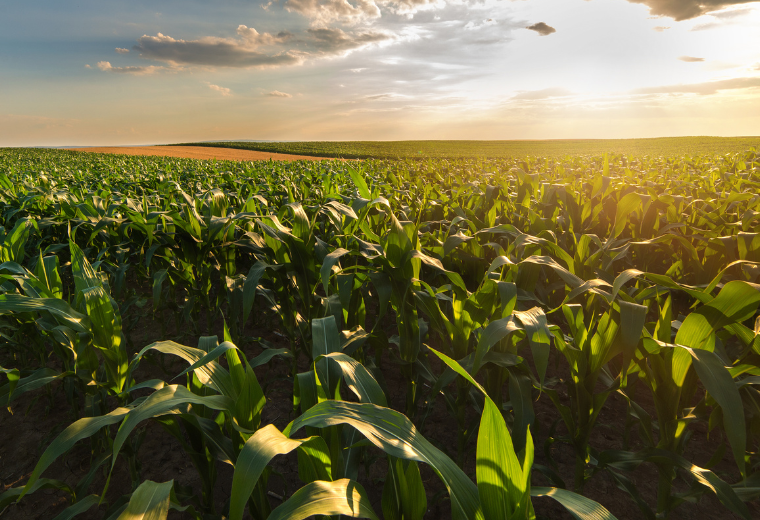Agriculture ETFs Harvesting Big Gains in 2024

While the broader stock market has grown moderately in 2024, a surprising sector is leading the pack: agriculture.
Exchange-traded funds focused on agriculture are significantly outperforming—drawing investor attention and sparking questions about this niche market.
A key factor attracting investors to agriculture ETFs in 2024 is their potential hedge against inflation. Historically, agricultural commodities prices tend to rise during inflationary periods. This makes them an attractive asset class for investors seeking to protect their portfolios from inflation’s eroding effects.
The performance speaks for itself. As of April 16, the largest agriculture ETF, PowerShares DB Agriculture Fund (DBA), was up more than 21% in 2024. This handily beats the broader market, with the S&P 500 gaining just over 6% in the same period, as measured by the SPDR S&P 500 ETF Trust (SPY).
Contributing to the strong showing of agriculture ETFs, global food demand is growing and is expected to continue rising steadily due to population growth. The United Nations estimates a global population of nearly 10 billion by 2050, putting immense pressure on food production systems.
This translates to a long-term need for increased agricultural output, which benefits companies across the agricultural value chain.
Agriculture ETFs: Beyond Corn and Soybeans
Agriculture ETFs aren't just about crops like corn and soybeans. Many funds invest in a diversified basket of companies involved in various aspects of agriculture, including:
Seed and fertilizer producers: Companies like Corteva (CTVA) and Nutrien (NTR) develop and manufacture seeds, fertilizers, and other crop protection products. Rising demand for these inputs fuels their growth as farmers strive to maximize yields.
Agricultural machinery: Deere & Co. (DE) is a prime example, providing essential machinery needed for planting, harvesting, and processing crops. Increased agricultural activity translates to a need for more equipment, benefiting these companies.
Food processing and distribution giants: Companies like Bunge (BG) and Archer Daniels Midland (ADM) are involved in processing, transporting, and storing agricultural commodities. As global food demand rises, their role becomes ever more crucial.
Risks of Agriculture ETFs
The agriculture ETF market, while promising, isn't without risks. Geopolitical tensions can disrupt agricultural production and trade flows. Additionally, weather events like droughts or floods can affect crop yields and cause significant price swings. Investors should carefully consider these factors before allocating a portion of their portfolio to agriculture ETFs.
Future of Agriculture ETFs
The long-term outlook for agriculture ETFs appears bright. As global population growth and climate change continue to pose challenges to food security, the demand for efficient, sustainable agricultural practices is expected to rise. Driven by rising food demand, inflation concerns, and diversification needs, ETFs offer convenient exposure to a sector with long-term growth prospects.
While the outperformance of agriculture ETFs in 2024 highlights a potentially lucrative niche within the broader commodities ETF market, investors should approach the agriculture sub-sector with a long-term perspective and a healthy understanding of the inherent risks.